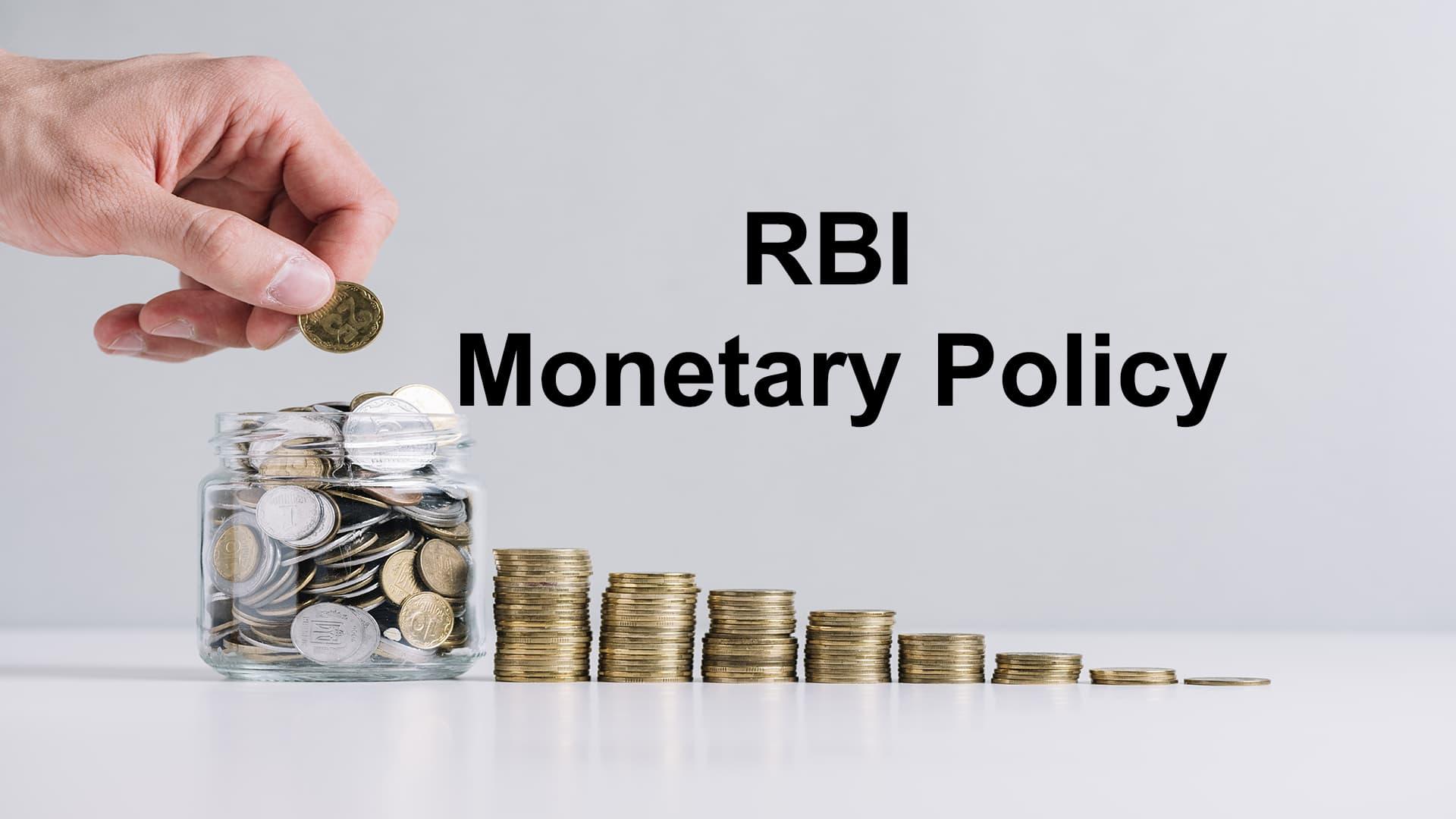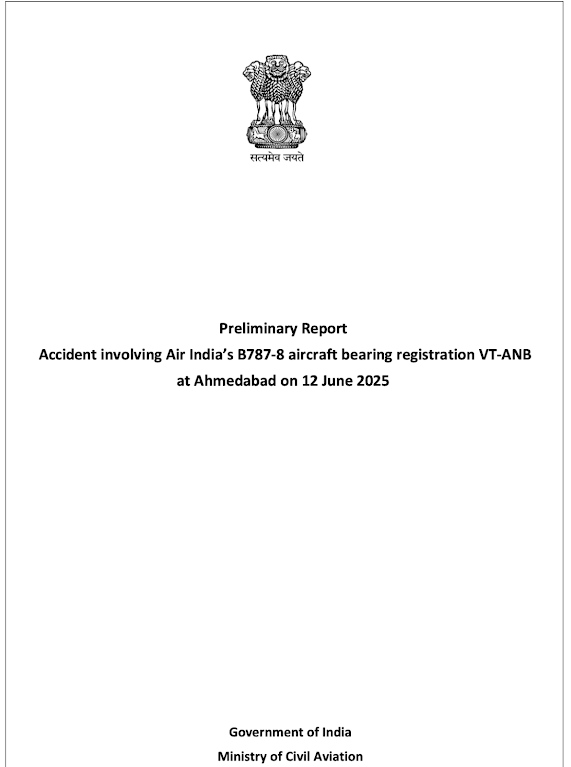Monday, 23 June 2025
Khamenei, Barabanki & India's Internal Security | Intellectual Vigilance is National Defence :
Saturday, 7 June 2025
Asset Inflation: An Unintended Side Effect of Easy Money:

#CONTEXT: The Reserve Bank of India (RBI) recently adopted an extraordinarily dovish monetary stance, slashing the repo rate by 50 basis points and the Cash Reserve Ratio (CRR) by 100 basis points.
WHAT DOES RBI's 50 BPS REPO CUT & 100 BPS CRR CUT MEAN ?
This is an extraordinarily dovish monetary policy, meaning-
1. RBI is encouraging more lending.
2. Banks have more money (due to CRR cut).
3. Credit becomes cheaper (due to repo rate cut).
MY STANCE: While this reflects an intent to stimulate growth and credit revival in a slowing economy, such aggressive monetary easing raises concerns of asset price inflation—a scenario where liquidity fuels speculative activity rather than real investment.
Hence, the KEY IDEA of my stance being :- "Too much liquidity" + "low credit demand" = "money chases assets instead of production".
Therefore, if businesses and consumers don’t borrow enough, the surplus liquidity flows into: Stock markets, Real Estate and Gold or Crypto like assets.
THIS IMPACTS :
1. STOCK MARKET - Prices rise beyond fundamentals (speculation, bubbles) - Investors, flush with liquidity and seeing few growth avenues, may chase equities. This can lead to overvalued markets, driven not by fundamentals but by excess money.
2. REAL ESTATE- Higher prices, unsold inventory - Similarly, cheap credit can push up real estate prices, especially if developers and high-net-worth individuals take advantage of low rates to invest.
RISKS INCLUDE :
1. Asset bubbles forming and eventually bursting.
2. Increasing wealth inequality (those owning assets benefit more).
3. Distortion of capital allocation (bad investments get funded because credit is too cheap).
WHAT TO WATCH FOR (RED FLAGS) ?
1. Bank credit growth data: If credit off-take doesn't pick up meaningfully, liquidity may go elsewhere.
2. Core inflation: If it remains low, it suggests demand is still tepid.
3. Asset valuations: If it goes rapidly up, to be highly vigilant.
4. Corporate earnings vs. stock prices: If the gap widens, that's a red flag in itself.
TO SUM UP-
While the RBI’s move aims to support growth, though in the presence of weak credit off-take, excessive monetary easing may inflate financial assets, leading to inequitable wealth effects, misallocation of capital, and potential asset bubbles, without stimulating real sector output.
In Policy making, as in medicine, more dosage isn't always the cure. The solution lies in
precision targeting, not just expansion. Hence, Policy makers will need to monitor this closely and may have to balance supporting growth with containing financial stability risks.
------------------------------------------------
Preliminary Report @ AIC 171 Crash - Raises More Questions Rather Than Answering !!
( Report can be accessed here - https://aaib.gov.in/What's%20New%20Assets/Preliminary%20Report%20VT-ANB.pdf ) The preliminary report on...

-
(The below article is covered under 3 parts, namely : Part A - "Stimulating Aggregate Demand Through Fiscal Interventions" , Part ...
-
#CONTEXT - Former RBI Governor- ShaktikantDas appointment to such a specialised job and today he has got into PMO as PS-2. His appointment ...
-
When we think of great business leaders, it is often the balance sheet that tells the story. Numbers, acquisitions, and profits dominate the...


